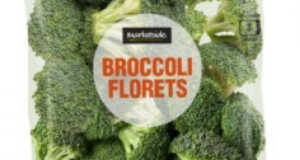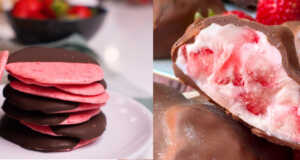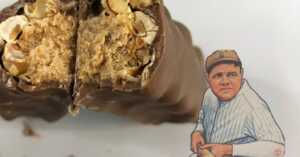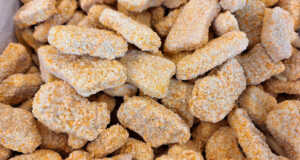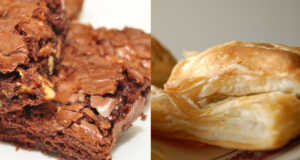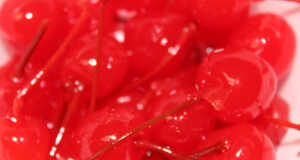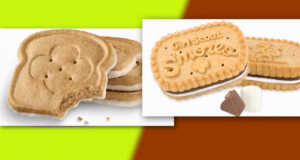Ignore everything else, and you can categorize people simply by this – those who love white chocolate and those who hate it. People who hate white chocolate always have the same argument– white chocolate isn’t really chocolate, but let’s put the much-heated debate to rest and once and for all see if the argument is true or not.
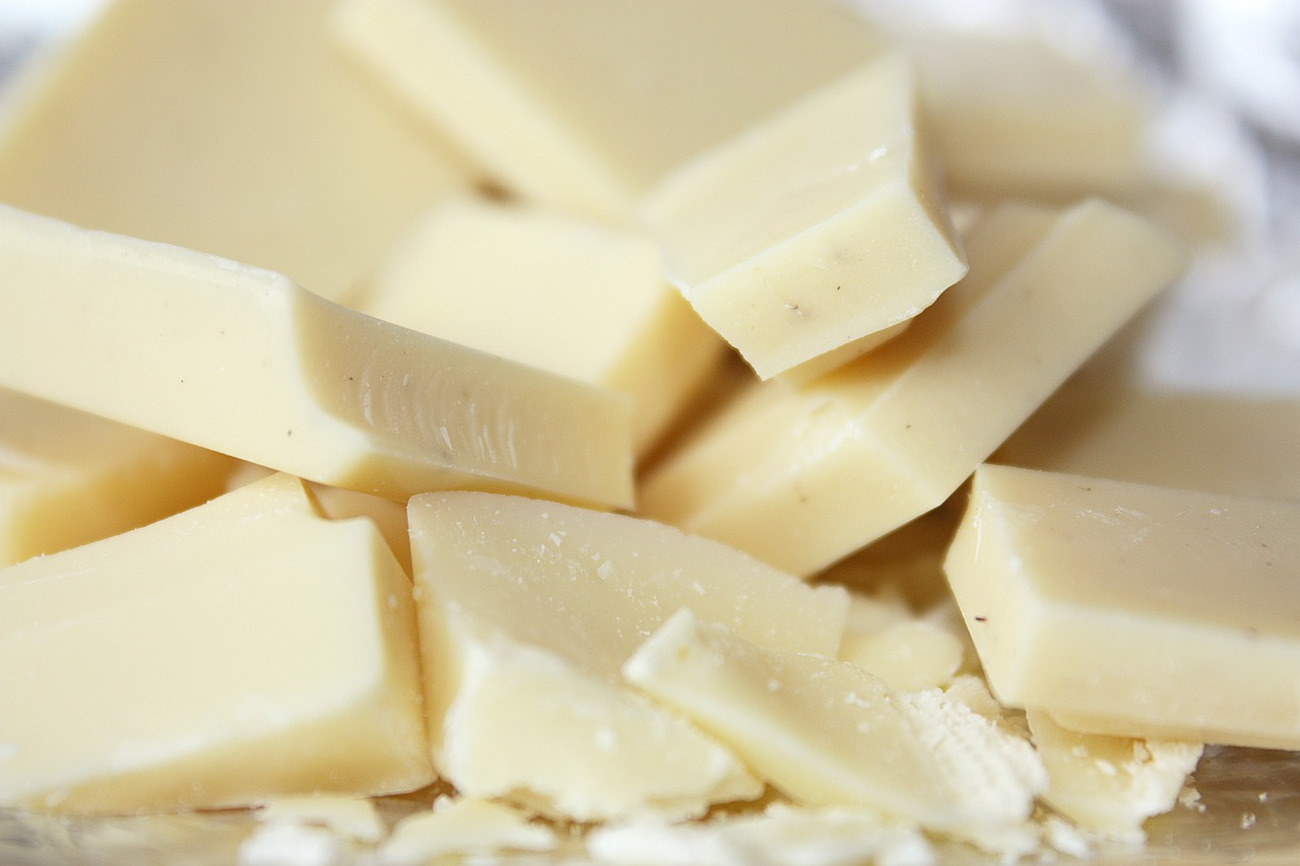
Boil it down to legal terms, and yes, white chocolate is really chocolate. In the US, Canada, and Europe, chocolate is a legalized term defined by specific ratios of ingredients. Under these parameters, white chocolate is technically chocolate because it contains twenty percent cocoa product by way of cocoa fat.
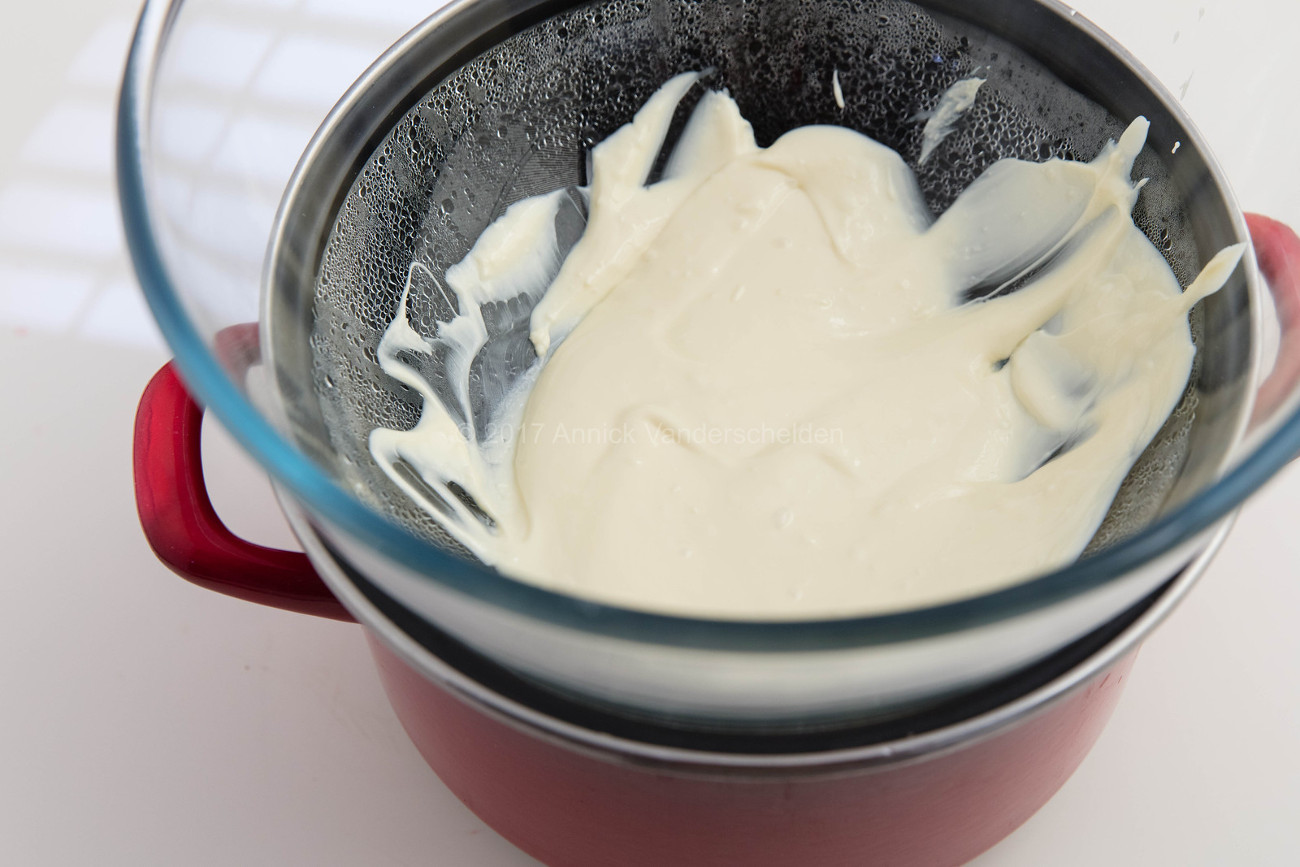
Even with this legal verification, white chocolate is under constant scrutiny, and that’s because white chocolate is missing the cocoa liquor that is the heart and soul of chocolate flavor. Butyric acid, phenethylamine, theobromine, and vanillin are the four major cocoa bean flavonoids that give chocolate its rich and complex flavor. All of these compounds, alongside those health-beneficial polyphenols, stay with the cocoa bean and don’t transfer over to the cocoa fat.
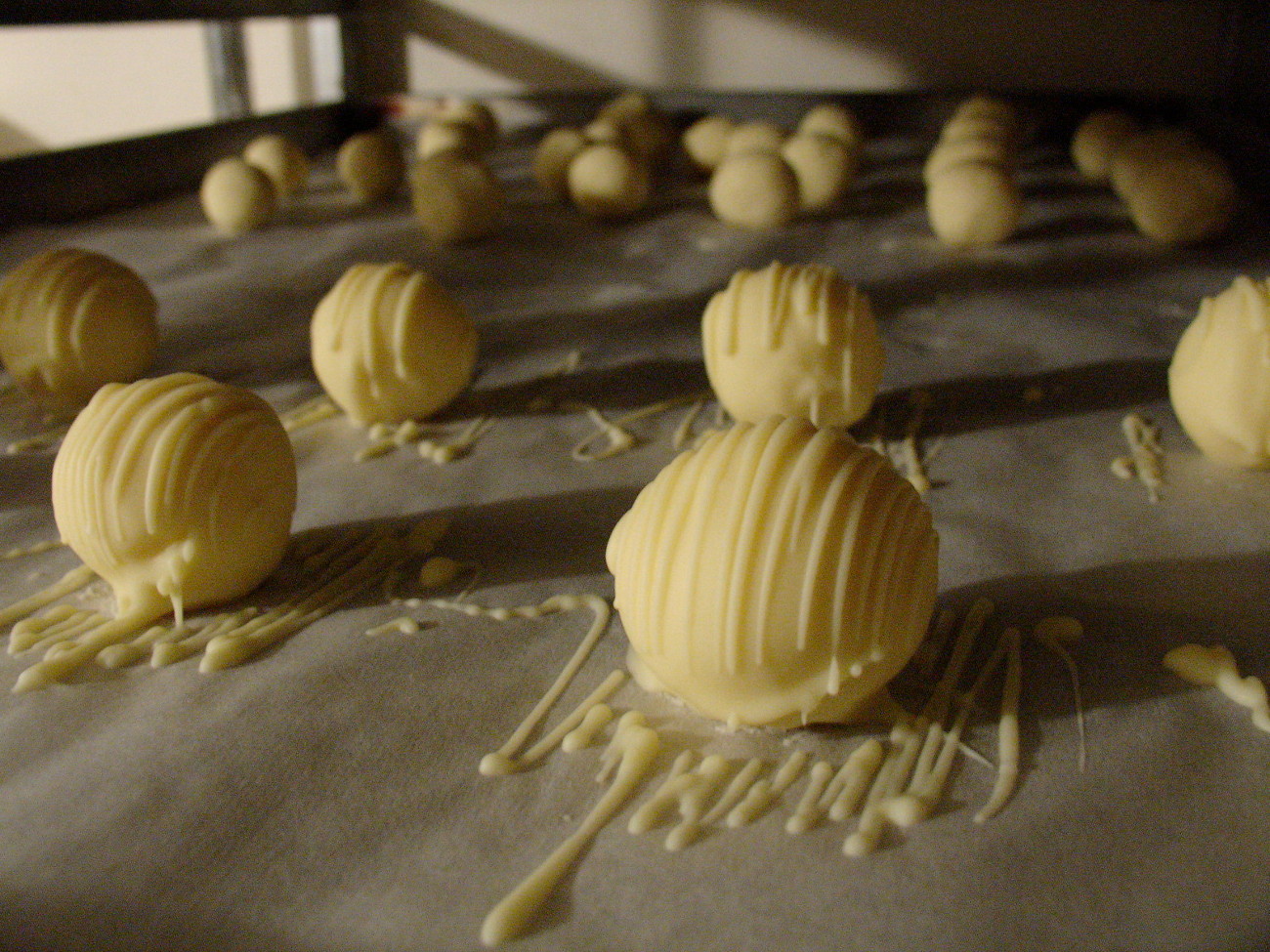
White chocolate’s cocoa fat base is composed of three different acids–palmitic acid, stearic acid, and oleic acid and these acids are integrated into a chain of fats called triglycerides. If you think that doesn’t sound tasty you’re right, because fat simply tastes like fat, to give cocoa fat a much-needed kick of flavor, the cocoa fat is mixed with sugar, dry milk powder, vanilla, and voila, you have white chocolate.
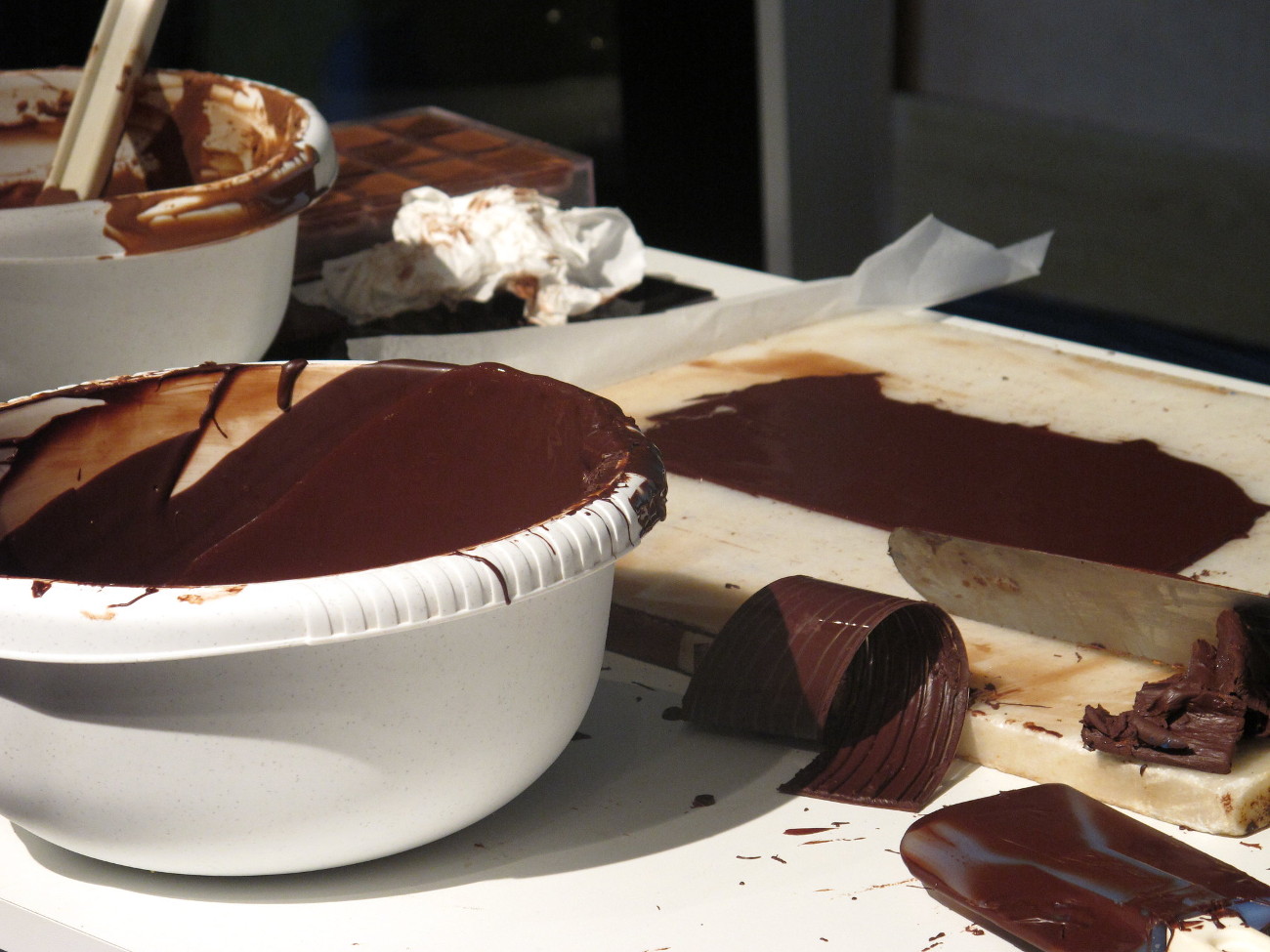
Before you continue to dismiss white chocolate, it’s crucial to know cocoa fat’s role in all types of chocolate. Something like dry cocoa powder is one of the few things that has no cocoa fat, but most if not all chocolate products have some percent of cocoa fat. Despite cocoa fat not having a lot of flavor, it has the texture and richness that we all associate with chocolate, that smooth melt-in-your-mouth feeling is all thanks to the fatty triglycerides of this fat. When chocolate is exposed to heat, the cocoa fat protects these crucial flavor compounds, if we didn’t have cocoa fat, we couldn’t melt chocolate, we’d be left with chocolate that’s chalky, gritty, and rough.
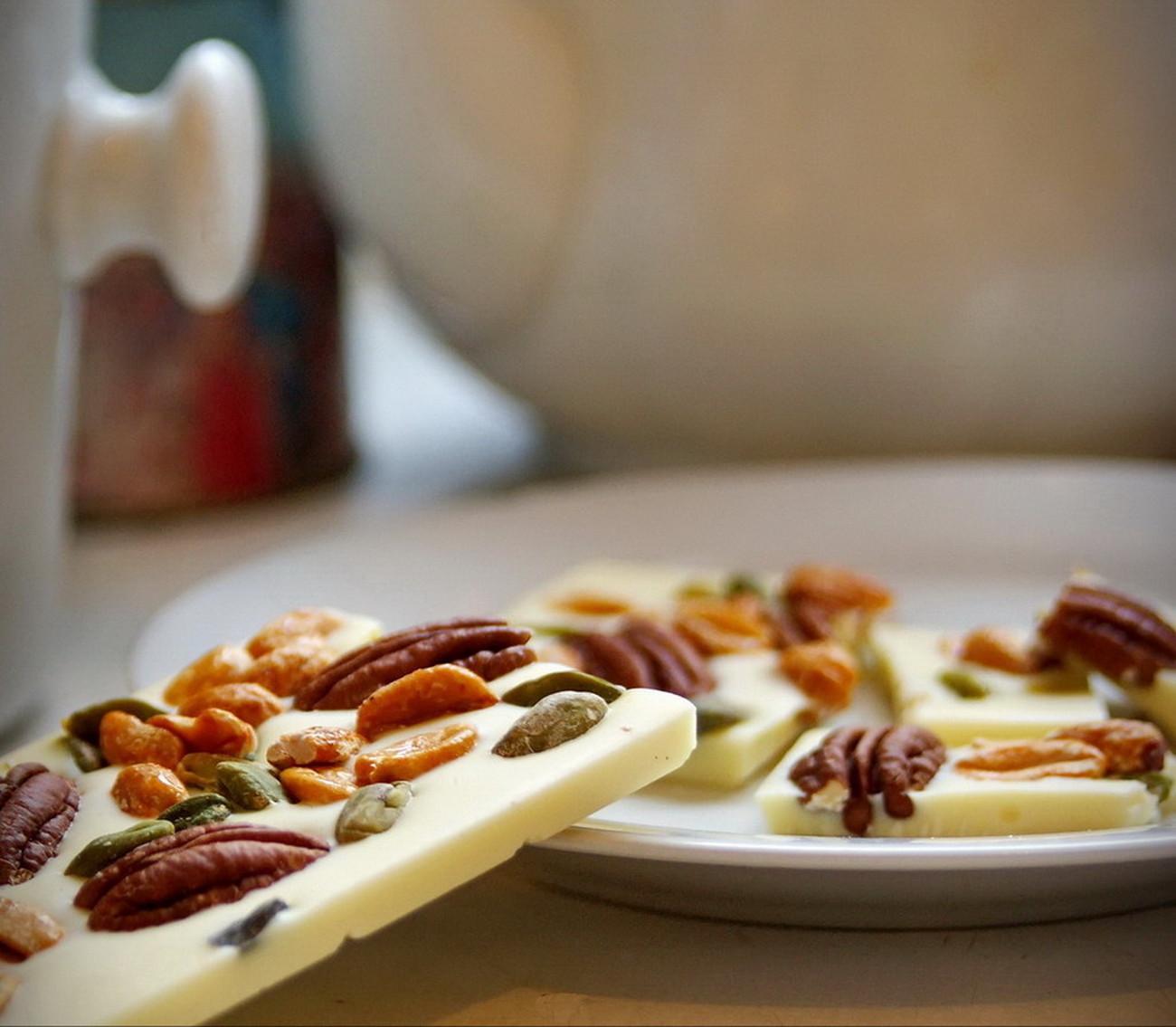
Still not convinced about eating white chocolate? If you find white chocolate too sweet you can counter it with earthy or salty flavors like roasted pistachios or pecans. Since there is so much cocoa fat, you can roast white chocolate at 200 degree F, stirring it every 8 or 10 minutes. When roasted, white chocolate takes on a beautiful nutty and salty flavor that goes well in many baked goods (or simply eating it on its own is quite alright).

